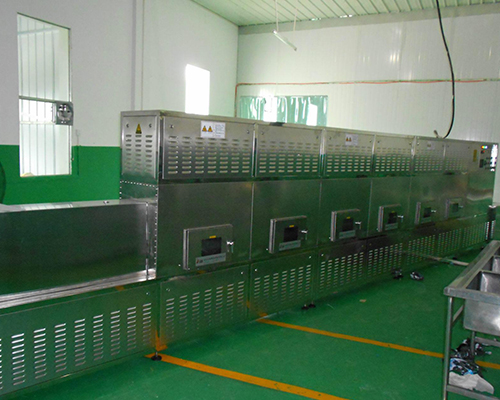Ultraviolet disinfection belongs to physical instant disinfection technology, which can keep sterile under the condition that the water body is not polluted. When the treated water leaves the disinfection reactor, some microorganisms killed by ultraviolet light will repair the damaged molecules under visible light irradiation to regenerate bacteria, which is called light reactivation. Some bacteria can also repair themselves under the condition of no light, that is, dark reactivation. According to the current research results, photoreactivation is the main way of most microbial remediation and also the main control target.
1、 Principle of light reactivation
The mechanism of the photoreactivation effect is that under the action of photorefractase, the newly generated photochemical product, the caducide dimer, reverses and depolymerizes to form monomer, which restores the replication ability of DNA or replaces it with undamaged nucleonic acid to restore the normal function and structure of DNA. After absorbing ultraviolet light, microorganisms will form a variety of photochemical products in DNA, among which the important one is the Tizha dimer, which forms between two adjacent pyrimidine molecules of the same DNA and can hinder DNA transcription and replication. The formation of dimers can be reversed by the repair mechanism in many microorganisms. Photoreactivated microorganisms have formed a mechanism to protect their own cells and prevent UV damage in the sun during their evolution. This mechanism relies on direct light to split the pyrimidine dimer induced by ultraviolet radiation with the help of photorefractase (PRE). Photoreactivation is carried out in two steps.

In one step, the photorefractase dimer complex is formed. Photoreactivatase combines with pyrimidine dimer to form a complex, which does not require light.
The second step is to release photorefractase and repair. Photoreactivation actually leads to the monomer formation of dimer and the subsequent release of photorefractase. The reaction can be completed within 1ms, and the repair is very good. The wavelength of reactivation light varies with different microorganisms, but the effective wavelength range is generally between 330nm and 480nm.
2、 Effect of microbial photoreactivation on ultraviolet sterilization
Microwave electrodeless ultraviolet sterilization equipment Generally, it is used at the end of water body, or for circular disinfection, and the water pipes are basically dark, so there is less photoreactivation, the reactivation time is not enough, and the impact on the disinfection effect is relatively small, so it can be used safely.

